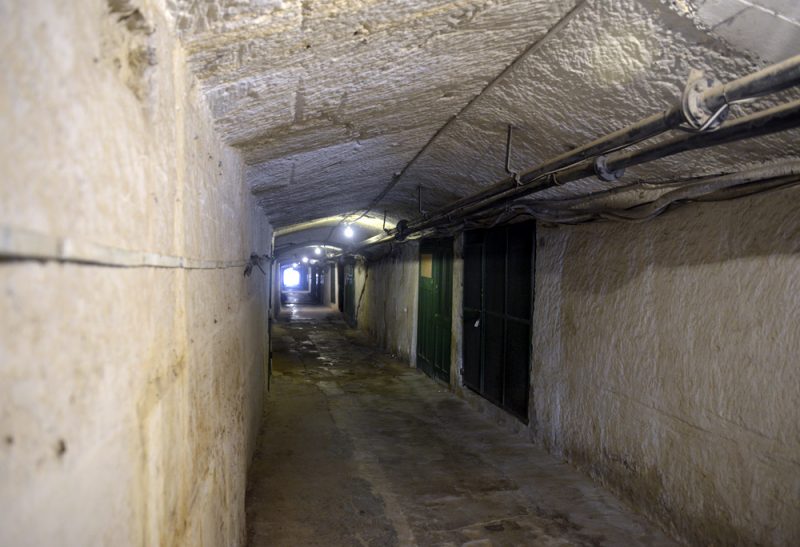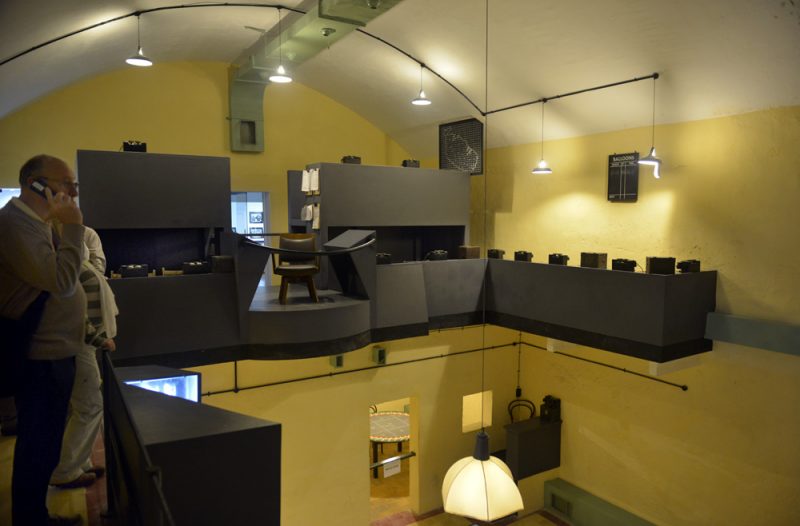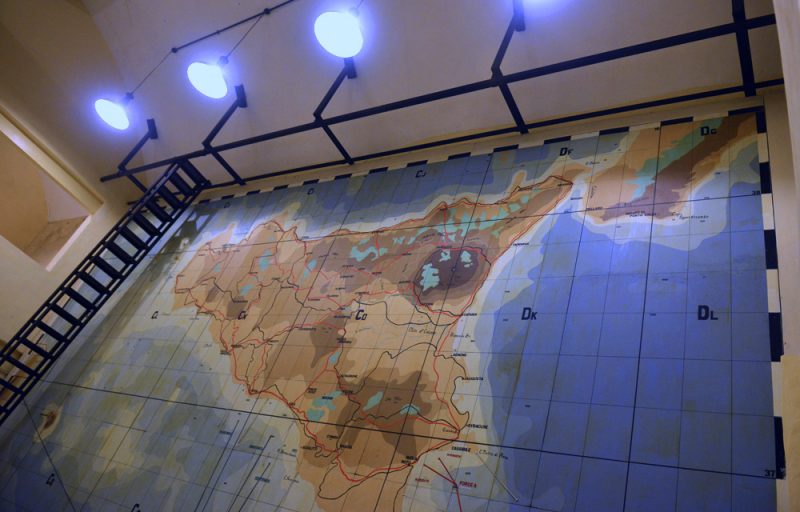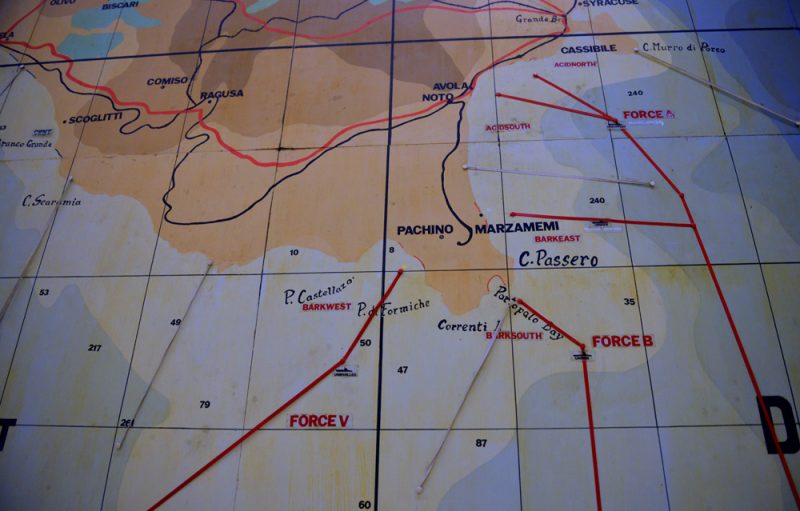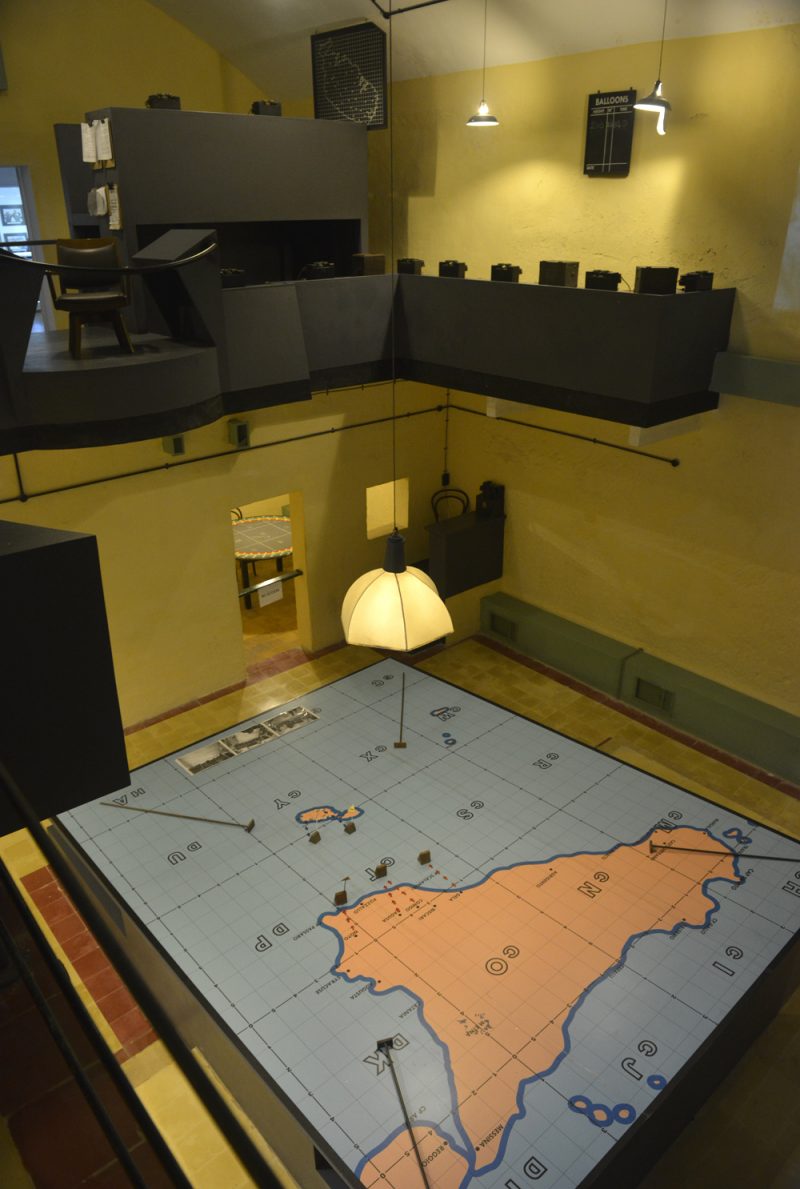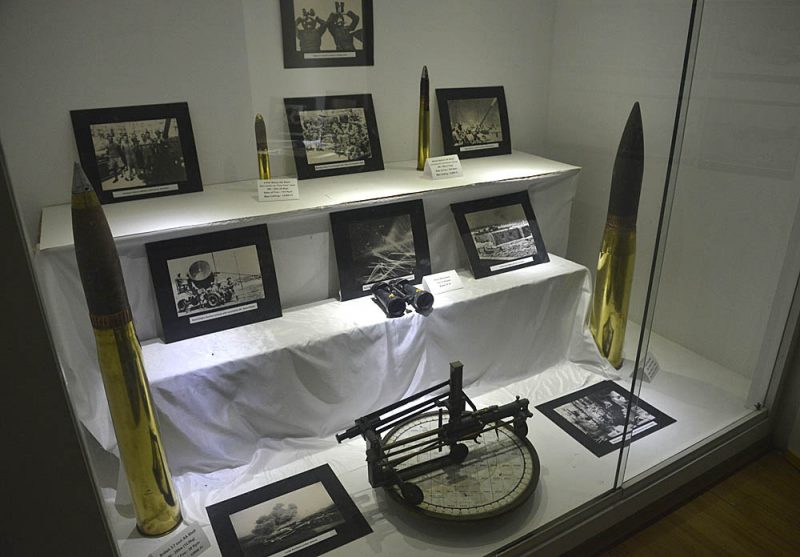Deep under the Maltese capital of Valletta and carved into the limestone of the island can be found where the first invasion of Europe was planned and executed from as the tide was turned against the German and Italian axis of World War II.
Over 150 foot below the streets of the capital is a warren of rooms and chambers some used by the Knights of St John but later developed and fully ventilated to provide a safe and secure place to plan the historic retaking of Europe. The starting point was to be the Italian island of Sicily just a few hours away by sea and the operation was then code named ‘Husky’!
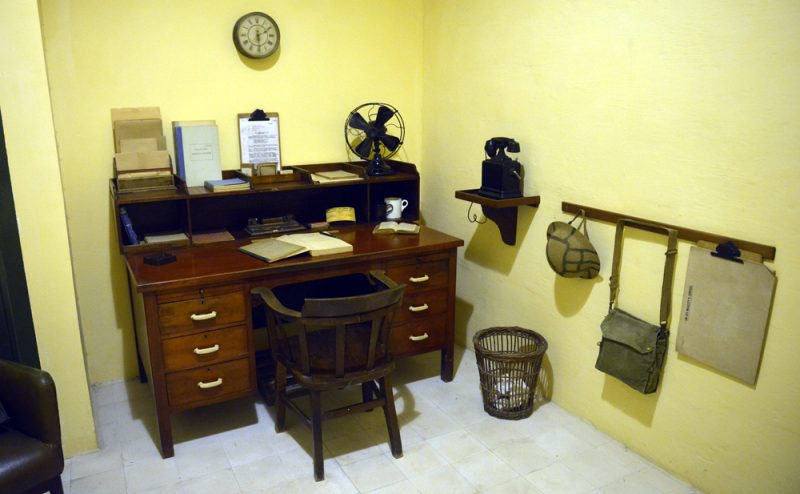
The German Luftwaffe had bombed Malta itself relentlessly as the island was at the crossroads of the Mediterranean and of key strategic importance. However the island and its people never gave up as the place was pounded and pounded from the air. It was then after that King George VI awarded the islanders the George Cross for their bravery during aerial onslaught and the hardships they endured for many years.
By 1943 the skies above it were at last under allied control and the chance to open up a front against the axis forces was at last there.
Planning this huge combined operations invasion 40 metres below ground were some very famous names from the war itself including, Field Marshall Montgomery, Admiral Cunningham, Air Marshall Tedder and in charge of the American forces General Eisenhower.
The Lascaris War Rooms are now open to the public and are fast becoming a very popular tourist attraction where it is now possible to tour what was the most secret place on the whole island.
From here the defence of the island was mounted first organising all three services the Army, Air Force and Royal Navy all play important roles in fighting off aerial attacks on the island itself and also on the vital shipping lanes bringing in food and fuel needed by the population plus the defending services. This was to be the key to keeping Malta in Allied hands. As July 1943 came closer the top brass were in full planning mode in the War Rooms as ‘Operation Husky’ was about to start. Today you can see the huge maps that were constructed so the commanders of the various countries and services could see in as close to ‘real time’ as was possible then where and how their units doing as they started to go ashore and how they were progressing once there.
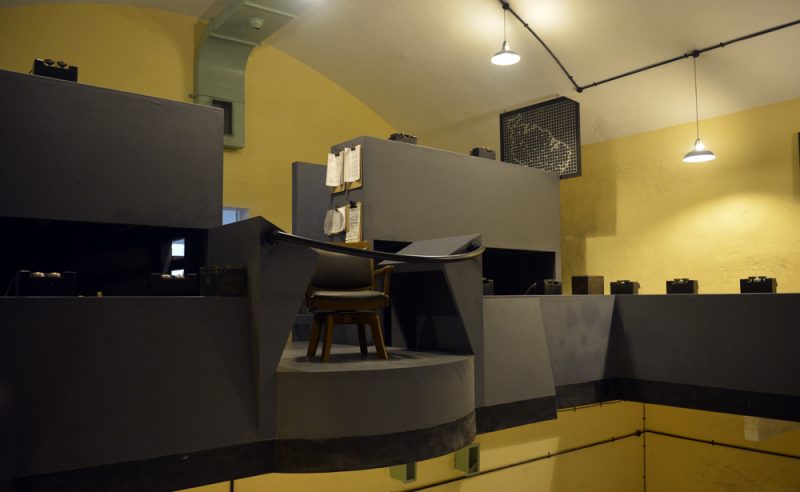
The rooms are full of artifacts from the period that help to tell the story of its work in World War II, two film shows also present more information. However the ventilation system constructed at such an important time in the war is still the same one in use today!
After World War II and then into the Cold War it was still in use as a secret communications and planning centre but it was eventually closed by the British in 1977 just before their services left Malta for the last time in 1979. Touring with either one of the volunteer guides or the hand held audio guide its well worth the basic €10 adult fee and with a whole range of family and pensioner deals on offer too. Open most days of the year apart from New Year, Good Friday Easter Day and Christmas from 10am to 5pm.
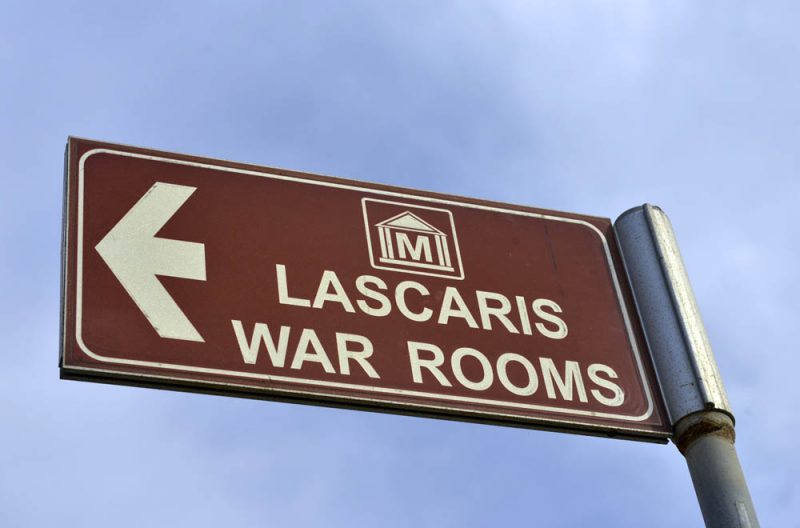
The main entrance is in a tunnel below the Barrakka Gardens and Saluting Battery and is a short expedition in itself but it does help to show how secret the place was in World War II and even many years after.
www.lascariswarrooms.com
Geoff
www.thetraveltrunk.net Facebook Twitter